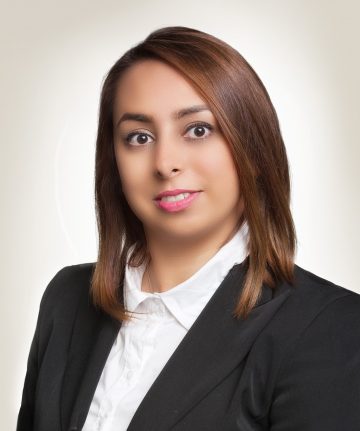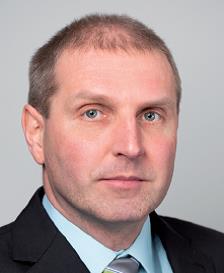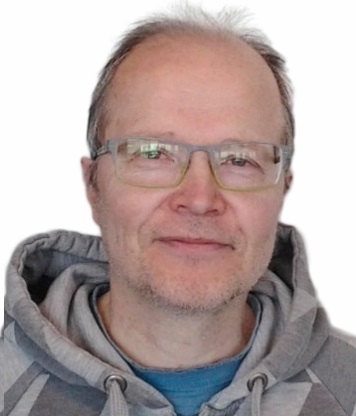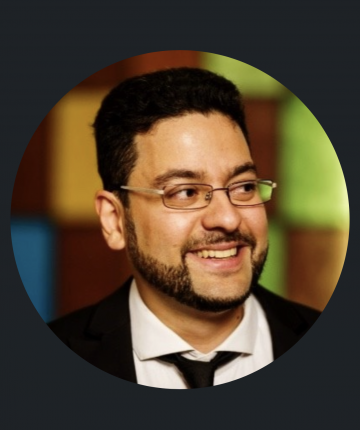24th IEEE International Conference on Intelligent Transportation – ITSC2021
September 19-22, 2021
Indianapolis, IN, United States
The Second International Workshop on Application of Multi-Sensor Fusion Technology for Autonomous Driving
CALL FOR PAPERS
(September 19-22, 2021)
This workshop is co-located with ITSC 2021 in Indianapolis, IN, United States
NOTE ABOUT COVID-19: We will follow advice from the ITSC2021 organizers on the situation, and we will revise our workshop timeline and other procedures accordingly if needed.
IMPORTANT DATES
* Paper submission: March 31, 2021 (Extended to April 15, 2021)
* Notification: June 1, 2021
* Final Versions: June 15, 2021
* Workshop Date: September 19, 2021
This half-day workshop aims to explore the latest developments in the field of multi-sensor, multi-source and multi-process information fusion for autonomous driving. The main goal of this workshop is to give the opportunity to explore the specific challenges in the multi-sensor fusion approaches for this domain. Papers are expected to emphasize one or more of the three facets: architectures, algorithms, and applications. Papers dealing with fundamental theoretical analyses as well as those demonstrating their application to real-world problems will be welcome.
TOPICS
Topics of interests include (but are not limited to):
- Multi-sensor, multi-source fusion system architectures for target detection and tracking
- Sensor fusion for autonomous vehicles conducted on data level, feature level, or decision level
- Multi-sensor management and real-time applications
- Adaptive and self-improving fusion system architectures for computer vision
- Applications such as robotics, space and transportation
- 2-D, 3-D and multi-dimensional data fusion for autonomous driving
- Intelligent techniques for fusion processing
- Fusion system design and algorithmic issues
- Auto calibration of sensor fusion systems
Formatting and Publication
Formatting requirements are detailed on the Information page
http://its.papercept.net/conferences/support/support.php
Submitted papers shall not exceed six pages (two additional pages allowed with a fee) as a PDF file in IEEE two column format.
All the accepted papers, if they are presented at ITSC2021 (virtually or in-person), will be published in IEEE Xplore.
Please submit your paper via the below link:
https://its.papercept.net/conferences/scripts/start.pl/
Please introduce the respective code (bf7dq) when submitting your paper.
Please check the ITSC 2021 website for registration procedure and fees.
https://2021.ieee-itsc.org
At least one co-author of each accepted paper must register for and attend the workshop.
Program
| Time (EDT) | Presenter | Topic and Abstract |
|---|---|---|
| 9.00-9.30am | Luca Zelioli, University of Turku, Finland | Transfer Learning for Maritime Vessel Detection using Deep Neural Networks
Reliable vessel detection can improve safety and security in maritime environment. Recently, application of Deep Learning (DL)-based detectors have become popular in autonomous vehicles. The aim of this paper is to study how much a pretrained DL model on a domain-specific marine data can improve the performance of the detectors for vessel detection? To this end, we trained state-of-the-art DL-based detectors using an open-source generic object detection COCO dataset [4] and a marine SeaShips dataset. The performance of these detectors are explored based on different feature extractors. Moreover, we investigate the effect of object size on the detection accuracy. To obtain results, we collected a real marine dataset by a sensor system onboard a vessel in the Finnish archipelago. This system is used for developing autonomous vessels, and records data in a range of operation and climatic conditions. The experimental results show that Faster R-CNN with ResNet101 achieves the the highest object detection accuracy with mean average precision of 75.2%. |
| 9.30-10.00am | Jorge Peña Queralta, University of Turku, Finland | Research on Collaborative Multi-Robot Systems at TIERS: the Role of UWB Technology
Ultra-wideband (UWB) technology is a mature technology that contested other wireless technologies in the advent of the IoT but did not achieve the same levels of widespread adoption. In recent years, however, with its potential as a wireless ranging and localization solution, it has regained momentum. Within the robotics field, UWB positioning systems are being increasingly adopted for localizing autonomous ground or aerial robots. In the Industrial IoT (IIoT) domain, its potential for ad-hoc networking and simultaneous positioning is also being explored. We will look at the state-of-the-art in UWB networking and localization for robotic and autonomous systems. We will also cover novel techniques focusing on more scalable systems, collaborative approaches to localization, ad-hoc networking, and the benefits of UWB-aided multi-sensor fusion state estimation solutions. |
| 10.00-10.30am | Bogdan Iancu, Åbo Akademi university. | Annotation challenges for domain-specific datasets – a maritime scenario overview: ABOships dataset
Annotation errors in large datasets are present extensively over a broad range of domains and they can influence the outcomes of various algorithms in benchmarking and beyond. The notorious Imagenet dataset itself seems to encompass in its validation subset about 6% erroneous labels. In large datasets, such as those used for object classification (some of which are labelled through crowdsourcing), annotations can be compromised for a variety of reasons. Error sources for human annotation include object localisation (e.g. visually finding the object) due to atmospheric and illumination conditions and different interpretations of the annotation guidelines. It is therefore important to develop techniques and processes for data-labelling that ensure high quality annotation. Errors in object identification in the images can be minimised by developing intelligent tools to find the objects, but ensuring the correct interoperation of annotation guidelines is more challenging. In the creation of the ABOShips dataset (a maritime vessel dataset consisting of 9880 images with 41976 annotated objects), we identified a substantial number of sources for errors, and had to develop both process and tools to finalise the published dataset. |
| 10.30-11.00am | Paavo Nevalainen, University of Turku, Finland | Merging of sparse keypoint point clouds
Large collections of point cloud (PC) scans are becoming available for post-processing while requirement of highly accurate placement (1 cm or less error) is common e.g. in large industrial storage yards and in precision forestry. Keypoint registration is a convenient solution to merging PCs, since the number of points involved can be reduced to 0.1 … 1 % of the original one. Meanwhile, environments vary and there is a large variety of specialized keypoint registration methods. Therefore, any general merge operation on keypoint data should be robust. This forces uptight merge quality tests. Possible measures of merge quality are presented, starting from usual mean square error and ending to PC dimension and estimates of amount of information needed to present the match. Error field is a vector field between two PCs offers a chance for parameterless smoothing. Rotation error field is possible using subgraph matching in case of large rotation errors. A graph Laplacian matrix allows two related smoothing approaches: matrix power smoothing and eigenshape smoothing. Examples of both are provided in cases of translational and rotational error fields. |
ORGANIZERS
Fahimeh Farahnakain, University of Turku, Finland

Fahimeh Farahnakian is currently a Adjucent Professor (Docent) in the Algorithms and Computational Intelligence research Lab, Department of Future Technologies, University of Turku, Finland. Her research interests include the theory and algorithms of machine learning, computer vision and data analysis methods, and their applications in various different fields. She has authored more than 30 peer-reviewed scientific publications in these areas. She is a member of the IEEE and also served in program committees of numerous scientific conferences. She is a reviewer for over 40 international journals. She has been the recipient of many prestigious awards and fellowships such as PoDoCo, Finnish Culture, Nokia, Ulla Tuominen and etc.
Jukka Heikkonen, University of Turku, Finland

Jukka Heikkonen is a full professor and head of the Algorithms and Computational Intelligence research Lab, Department of Future Technologies, University of Turku, Finland. His research focuses on data analytics, machine learning and autonomous systems. He has worked at top level research laboratories and Center of Excellences in Finland and international organizations (European Commission, Japan) and has led many international and national research projects. He has authored more than 150 peer-reviewed scientific articles. He has served as organizing/program committee member in numerous conferences, and acted as a guest editor in 5 special issues of scientific journals.
Paavo Nevalainen, University of Turku, Finland

Paavo Nevalainen received M.S. and PhD degrees from the University of Turku applied science, Finland. He is currently working as a senior researcher in Algorithms and Computational Intelligence research Lab, University of Turku from August 2018. His research interests include data preprocessing for Machine Learning purposes, point clouds and sensor fusion for situational awareness.
Pouya Jafarzadeh, University of Turku, Finland

Pouya Jafarzadeh received B.S. and M.S. degrees from the University of Turku applied science, Finland. He is currently pursuing his Ph.D. in Algorithms and Computational Intelligence research Lab, University of Turku from August 2020. His research interests include Internet-of-things, Healthcare application, Artificial Intelligence and Machine Learning.